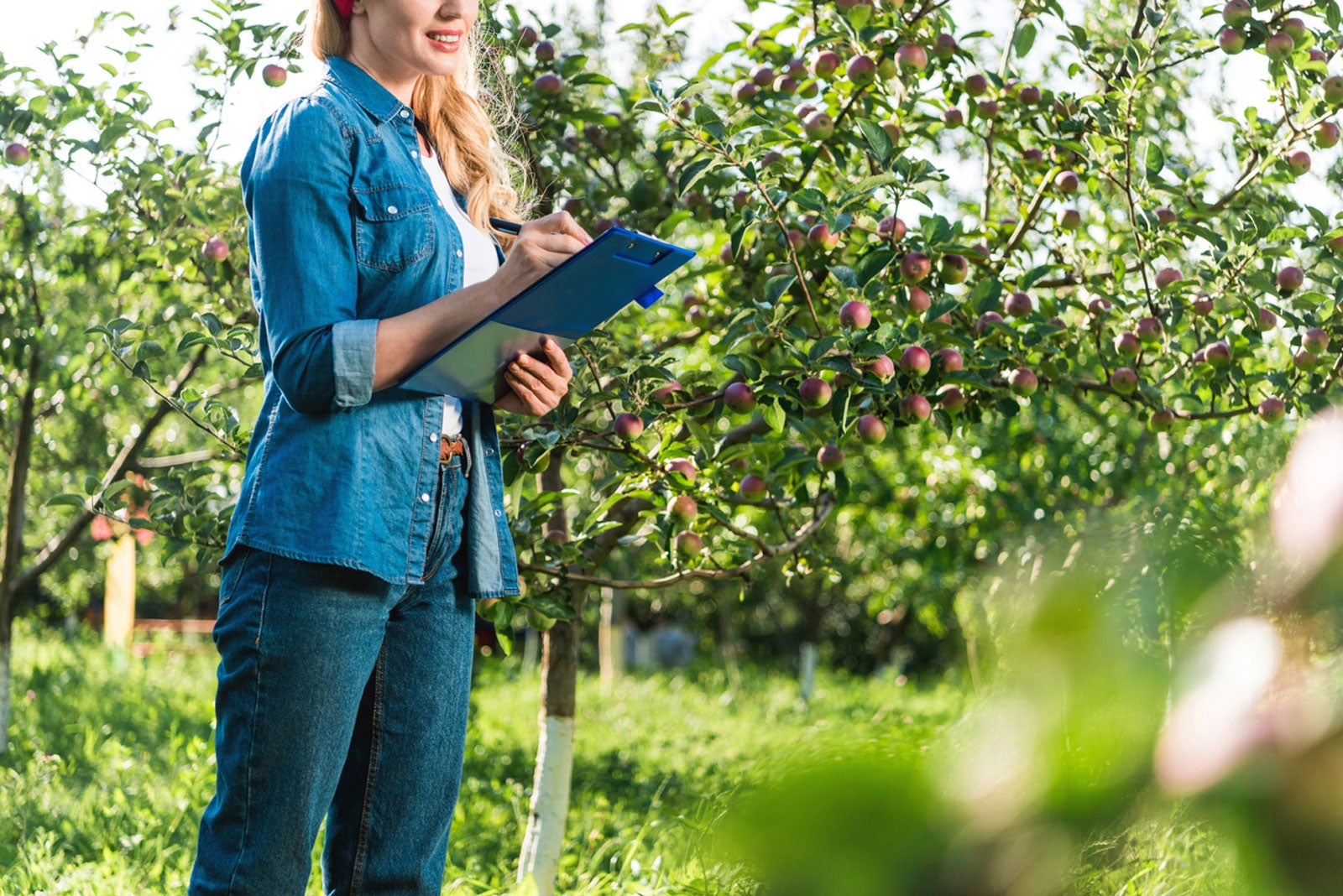Finding Microclimates In Gardens: How To Determine Your Microclimate


Seasoned gardeners know that conditions can vary greatly from one garden to another. Even those within the same city may experience dramatically different temperatures and growing conditions. This can be attributed to differing microclimates in the garden. Microclimates vary widely depending upon the location of the garden, nearby structures or building materials, and even the direction which the garden faces. Learning how to determine your microclimate will help to better understand how to meet the needs of garden plants.
How to Determine Your Microclimate
The biggest key to finding microclimates in the garden is to be a keen observer. Throughout the entire year, growers will need to pay special attention to temperature. Noticing ranges in temperature can be quite helpful in identifying microclimates.
Temperature is greatly impacted by the amount of sun which the garden receives. Finding the orientation of the yard will assist growers in determining what areas of the yard will receive the most direct sunlight. The impact of sunlight can be further amplified by the presence of concrete walkways, roads, and even your own home.
Many aspects of the yard can also assist in the cooling of the growing space. Mature trees, shrubs, or other structures that create dense shade can all impact the way plants grow. Though these small microclimates are cooler in the summer, they may also be more prone to frost and cold in the winter. This can potentially impact the ease in which perennial plants will be able to successfully overwinter.
Identifying microclimates in the garden extends beyond the presence of structures within the yard. Elevation also plays a major role in the garden climate. Those who garden at higher elevations will often notice colder temperatures than those with garden at lower elevations. Gardeners who live in valleys may also notice these cooler temperatures, as the cold air can often settle in these places. Familiarizing yourself with the topography of your region will help to better understand what to expect when planning the garden.
Like temperature, soil characteristics and the rainfall patterns can greatly impact the garden microclimate. These aspects will all be impacted by topographical and regional differences within the growing zone. Collecting data regarding rainfall and soil quality within your own garden can help growers to gain greater understanding of the needs of their plants.
Gardening tips, videos, info and more delivered right to your inbox!
Sign up for the Gardening Know How newsletter today and receive a free copy of our e-book "How to Grow Delicious Tomatoes".

Tonya Barnett has been gardening for 13 years. Flowers are her passion. She has transformed her backyard into a cut flower garden, which she regularly chronicles on her YouTube channel http://www.youtube.com/@tonyawiththeflowers.